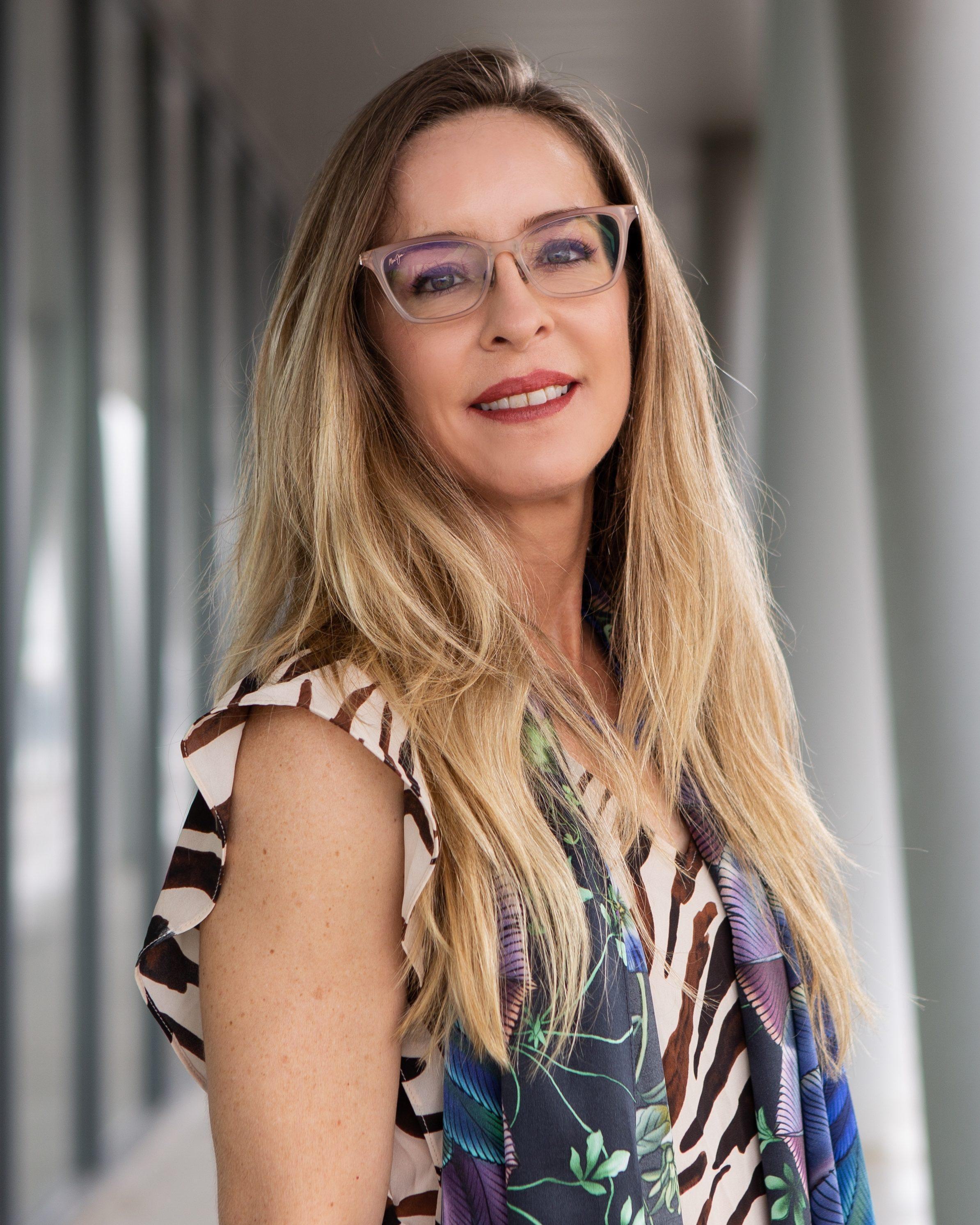Shirley and Harry Hagey, Steve and Roberta Denning, Angela Nomellini and Ken Olivier, Seth Neiman, The Gordon and Betty Moore Foundation, Ward W. and Priscilla B. Woods, The David and Lucile Packard Foundation, the blue moon fund
National Center for EEcological Analysis and Synthesis (NCEAS) and Science for Nature and People Partnership (SNAPP) – Coastal Restoration Working Group
Ongoing
The Challenge
Conservation and development challenges around the world are complicated and cross the arbitrary borders between ecological conservation and sustainable development. However, scientific experts brought in to address these challenges usually specialize in a very narrow scope of the problem and many times don’t have the time or the ability to partner with experts in other fields to work on more holistic solutions. The Science for Nature and People Partnership formed as an effort to provide a space where these kinds of collaborations could take root.
The Approach
The Science for Nature and People Partnership is a collaboration between The Nature Conservancy, the Wildlife Conservation Society, and the National Center for Ecological Analysis and Synthesis at the University of California, Santa Barbara. The mission of the group is to deliver science-based solutions to global challenges such as water management and food scarcity that consider nature conservation, sustainable development, and human well-being.
As part of the Coastal Restoration Working Group, an Institute team member is working to better define governmental agency needs for decision making, assessing past restoration projects, and developing tools that will help future decision making. This will be done by determining what science-based information agencies need to make decisions, putting together existing information on federally funded restoration projects to see how well the funding matches with community or ecological needs, identifying ways to better match restoration efforts with benefits to people and nature, designing better approaches agencies can use to better measure success in a variety of ways that move beyond just dollars and acres restored.
